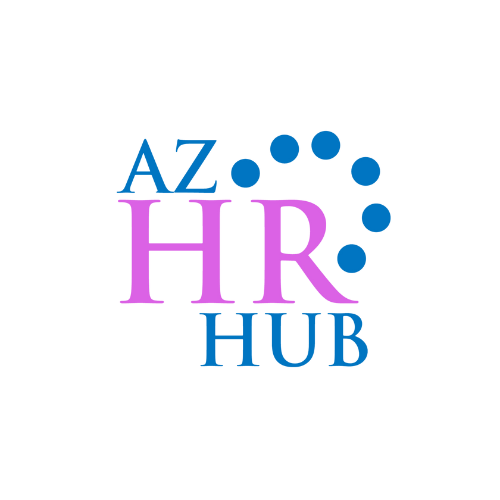Employee Handbook Essentials: Keeping Policies Current
An employee handbook is more than just a formal document—it’s a cornerstone of effective business management. It serves as a go-to resource for employees to understand company expectations, policies, and benefits. But like any business tool, your handbook needs regular updates to remain relevant and compliant with changing laws and evolving workplace norms.
Why Keeping Your Handbook Updated is Essential
Legal Compliance
Employment laws are constantly changing, from local and federal labor regulations to specific industry rules. Without regular updates, your handbook could contain outdated information, leaving your company vulnerable to legal disputes. Staying current on laws regarding paid leave, discrimination, harassment, and more ensures your policies protect both the company and employees.Reflecting Workplace Culture
Company culture evolves as teams grow and business priorities shift. Revisiting your handbook helps reinforce the values and culture you want to cultivate. Adding sections on DEI (Diversity, Equity, and Inclusion) or remote work policies, for example, can help your handbook align with the realities of today’s workforce.Clarifying Expectations
An updated handbook is a critical communication tool. By clearly outlining job expectations, disciplinary actions, and benefits, you reduce ambiguity and misunderstandings. Employees can refer to it to resolve day-to-day questions about work hours, paid time off, or appropriate conduct.Enhancing Employee Engagement
A clear and current handbook fosters transparency and builds trust. Employees appreciate knowing their rights and responsibilities. This, in turn, can reduce turnover, improve job satisfaction, and help maintain a productive workforce.Adapting to Emerging Trends
From flexible work schedules to advancements in technology, the modern workplace is rapidly changing. Regularly reviewing and updating your handbook ensures that your policies reflect new trends like remote work, cybersecurity concerns, and social media usage in the workplace.
Best Practices for Updating Your Employee Handbook
Review Annually: Set a regular schedule to review and revise your handbook, ideally at least once a year.
Incorporate Feedback: Gather input from employees and managers to identify areas where clarification or updates are needed.
Communicate Changes: Ensure that all employees are informed about any updates and have access to the most current version of the handbook.
Keeping your employee handbook up-to-date is crucial for legal protection, smooth operations, and fostering a positive company culture. Don’t wait until issues arise—proactively review and revise your handbook to ensure it reflects current laws and your organization’s values.
Need help updating your employee handbook? At AZ HR Hub, we specialize in creating and updating handbooks tailored to your company’s unique needs. Schedule your FREE consultation today and let’s ensure your business stays compliant and competitive!

